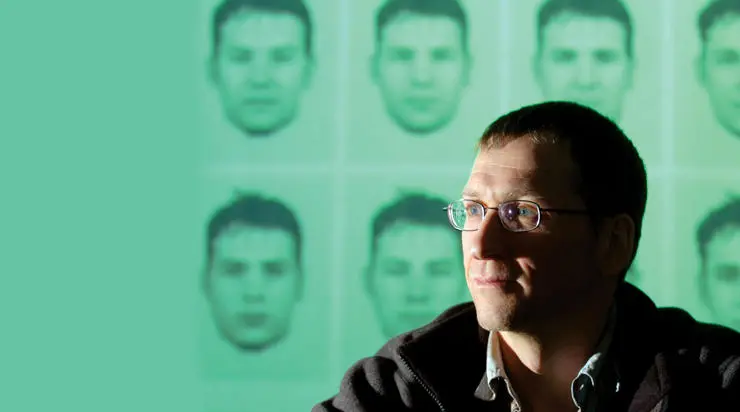Police artists have traditionally worked with eyewitnesses to draw a likeness of perpetrator’s face, pictures that are often shown in the media for members of the public to identify. Research has indicated that sketches are more effective than composites from traditional ‘feature’ systems (e.g., Frowd et al., 2005, 2015; Laughery & Fowler, 1980). The sketching method would appear to be more holistic (cf. feature) in nature (Davies & Little, 1990), and there is considerably benefit for producing an effective sketch (Frowd et al., 2015; Laughery & Smith, 1978).
In the current project, techniques are assessed with the potential for improving the effectiveness of forensic sketches. In particular, the project considers the importance of recalling the environment in which a face had been seen, for which there is considerable support (Fodarella et al., 2021), as well as the use of reference materials for helping a witness identify appropriate facial features.

Primary goals and objectives
- Development of procedures for optimal creation of forensic sketches.
- Benefit of detailed mental reinstatement of the context (crime scene).
- Optimisation techniques for construction of identifiable composites
Impact
The project reveals that asking a face constructor (an eyewitness) to describe the environment in detail produces a more effective sketch composite (Kuivaniemi-Smith et al., 2018). The project also reveals the importance of using reference materials and face recall.

